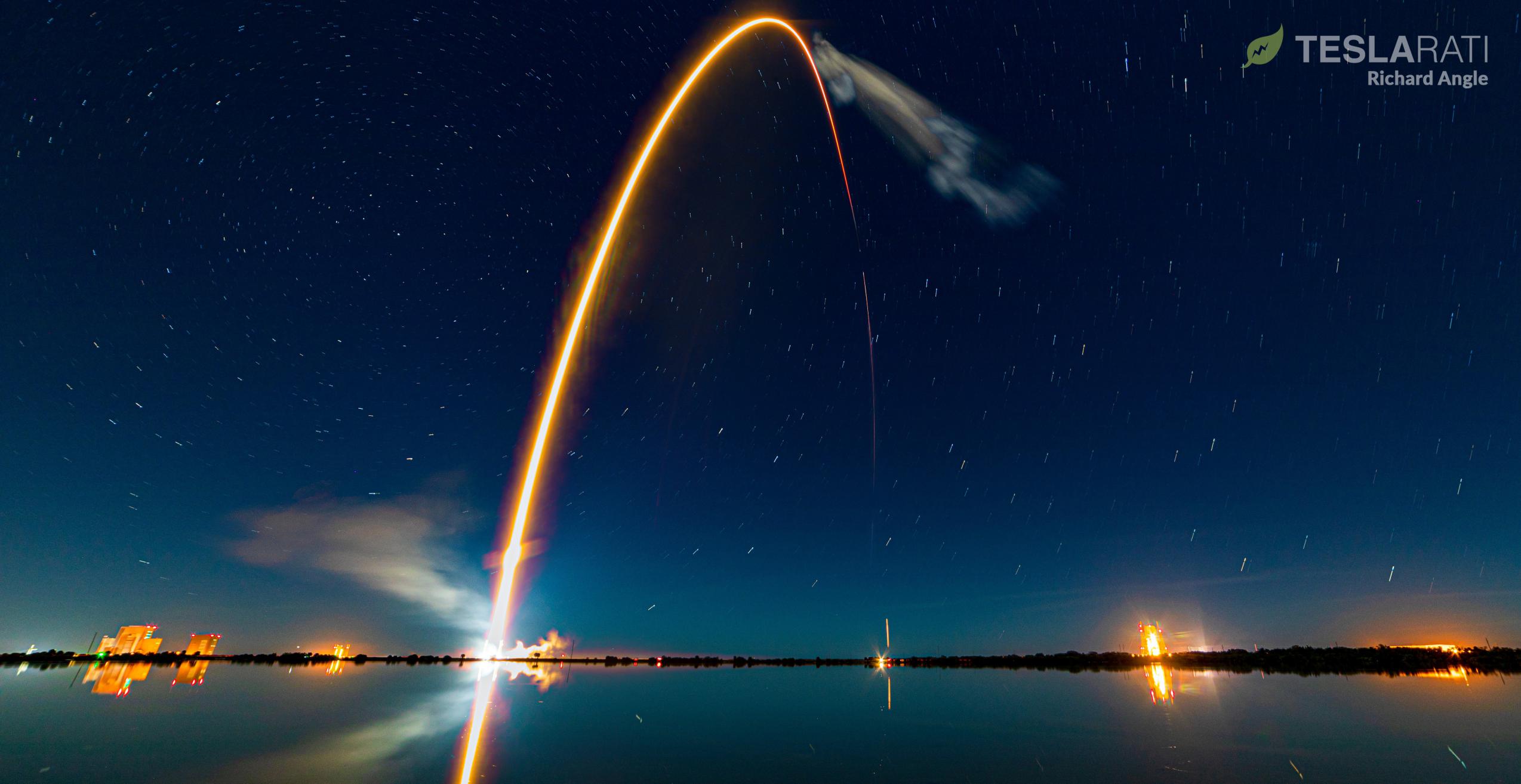

News
[Update] SpaceX rocket launch kicks off a potentially record-smashing year for Falcon 9
Update: After spinning itself around its vertical axis a bit like a propeller, SpaceX’s expendable Falcon 9 upper stage has successfully released a massive stack of 60 Starlink v1.0 satellites for the second time in two months. Designing to tolerate the occasional bump during their bizarre deployment, those 60 satellites will quickly spread out in space and deploy their solar arrays an hour or so after separating from Falcon 9’s upper stage.
Perhaps as early as later this evening or sometime on January 7th, all 60 satellites will fire up their krypton ion thrusters, beginning the process of temporarily raising their orbits to 350 km (220 mi). Once there, SpaceX will more extensively verify the health of each spacecraft and – if all looks well – send all 60 on their way to a final circular 550 km (340 km) orbit where they will join their brethren and begin operating as communications satellites.
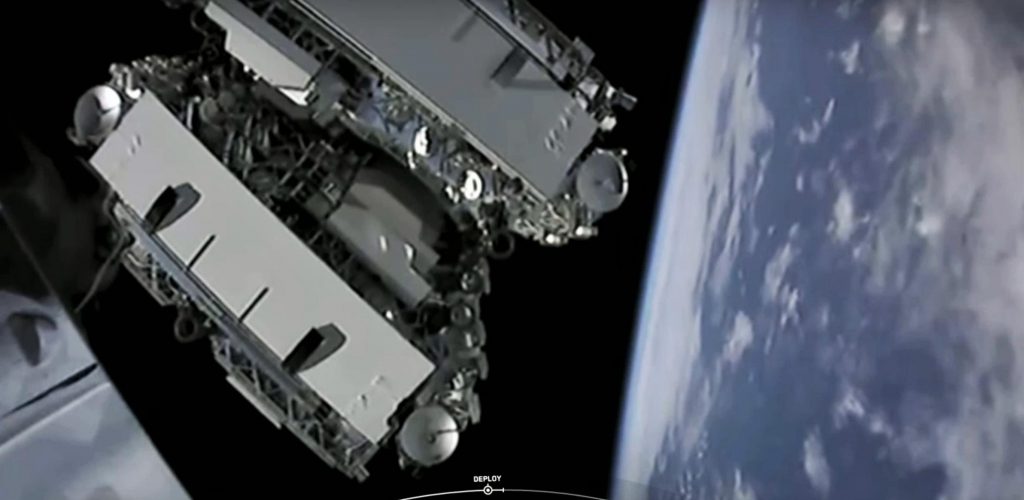
A SpaceX Falcon 9 has kicked off what could be a record-smashing year, potentially making SpaceX the world’s most prolific launch company thanks in large part to the game-changing reusability of its Falcon rockets.
At 9:19 pm ET on January 6th (02:19 UTC, Jan 7), Falcon 9 booster B1049’s nine Merlin 1D engines came to lift, lifting the two-stage rocket and its payload of 60 Starlink satellites off the pad and sending them on their way to orbit. Minutes later, the Falcon 9 booster shut off – completing its fourth successful launch in 17 months – and flipped around with small cold-gas thrusters, beginning its trip back down to Earth.
Less than nine minutes after lifting off from SpaceX’s LC-40 pad at Cape Canaveral Air Force Station (CCAFS), Falcon 9 B1049 began its landing burn and gently touched down on drone ship Of Course I Still Love You (OCISLY), stationed more than 600 km (375 mi) downrange in the Atlantic Ocean. Seconds later, the mission’s expendable Falcon 9 upper stage shut off its Merlin Vacuum (MVac) engine, completing the first of two burns and placing the rocket and its Starlink payload in a parking orbit.
Known as Starlink V1 L2, referring to the second launch of Starlink v1.0 satellites, this mission crossed off several SpaceX milestones – both internal and external. For Falcon 9, it marked the company’s 48th successful landing of an orbital-class rocket booster, as well as the second time SpaceX has successfully launched and landed the same booster (this time B1049) four times in a row.
Even more significantly, it’s almost certain that – so long as all 60 Starlink V1 L2 satellites successfully deploy and begin orbit-raising – SpaceX will have become the owner and operator of the world’s largest commercial satellite constellation. After tonight’s launch, SpaceX’s Starlink internet constellation will likely measure some 175 operational satellites strong less than eight months after the company began dedicated internal launches.
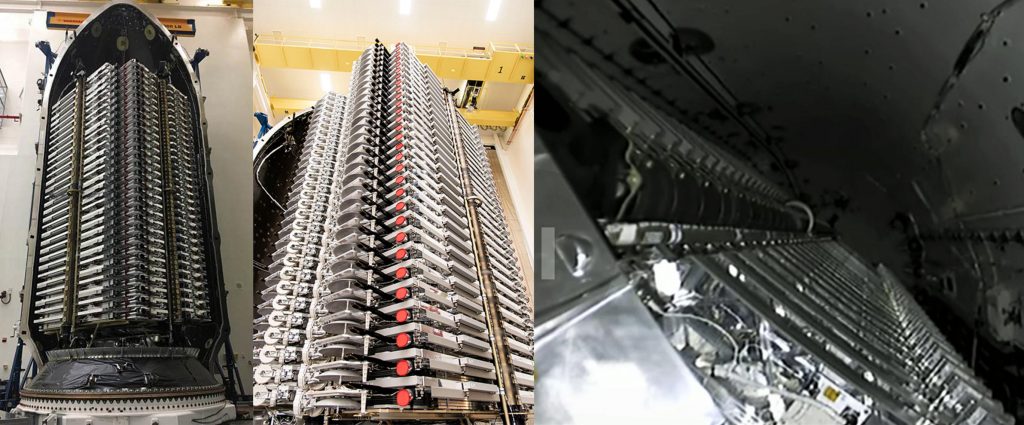
Assuming drone ship OCISLY safely returns Falcon 9 B1049 to port and including SpaceX’s successful November 2019 Starlink V1 L1 launch, the company now possesses two Falcon 9 boosters – B1048 and B1049 – that have successfully performed four separate orbital-class launches apiece. With two rockets in hand, SpaceX should be able to far more accurately determine just how well they’re standing up to the rigors of the latest reusability milestone, hopefully giving the company the data it needs to rapidly turn around one or both boosters for a fifth launch in the near future.
SpaceX has 20-24 Starlink launches planned for 2020, so the company will have a wealth of opportunities to push its fleet of reusable rockets to their limits, ranging from attempting nth booster reuses to testing and expanding the envelope of SpaceX’s nascent payload fairing reuse program.
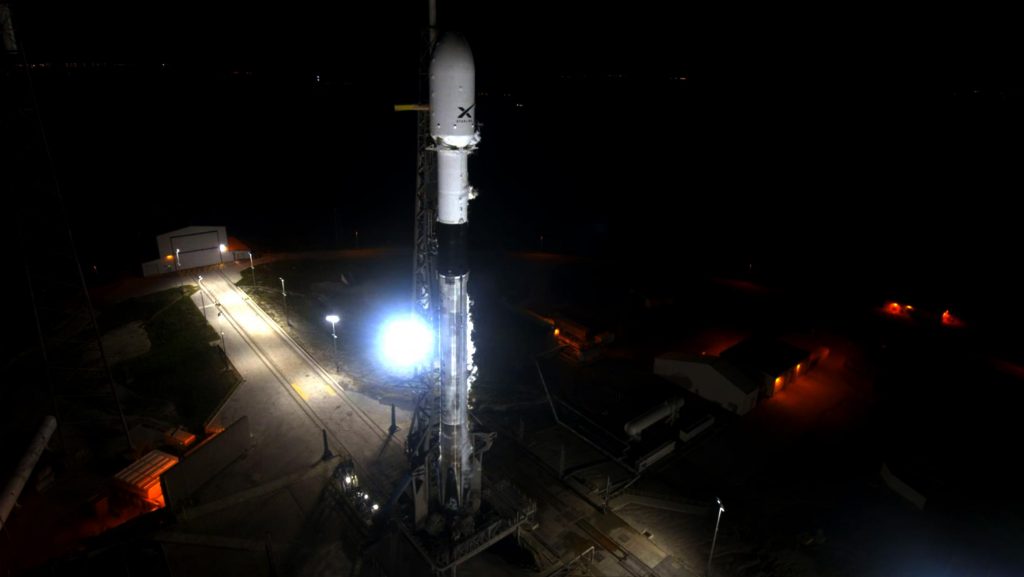
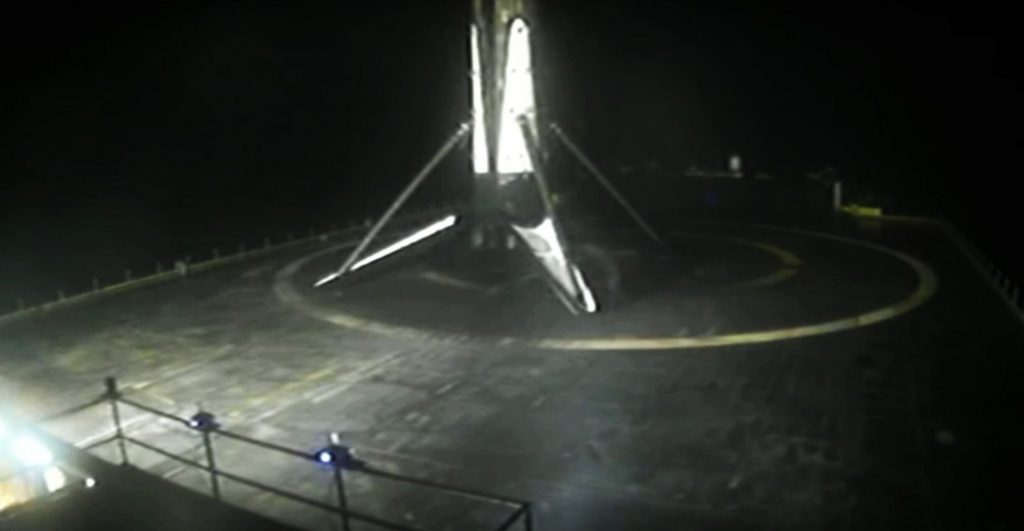
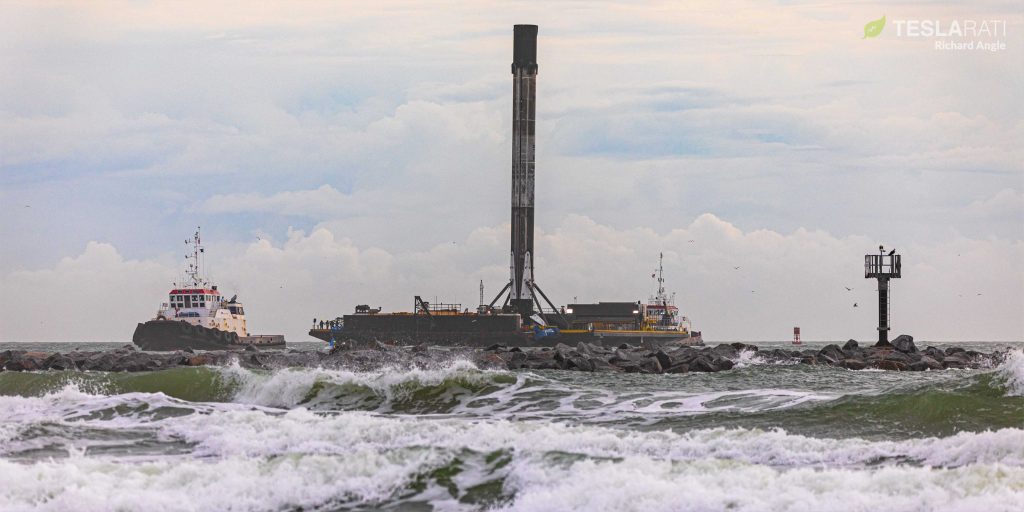
In fact, fairing recovery ship GO Ms. Tree is perhaps just a few minutes away from her third successful fairing half catch – set to occur roughly 45 minutes after Falcon 9’s 9:19 pm EST liftoff. At the same time, Falcon 9’s upper stage is coasting in low Earth orbit (LEO) and preparing to ignite one more time to circularize its orbit and send SpaceX’s third batch of 60 Starlink satellites on their way. Stay tuned for updates later tonight!
Check out Teslarati’s Marketplace! We offer Tesla accessories, including for the Tesla Cybertruck and Tesla Model 3.
Elon Musk
Tesla analysts believe Musk and Trump feud will pass
Tesla CEO Elon Musk and U.S. President Donald Trump’s feud shall pass, several bulls say.
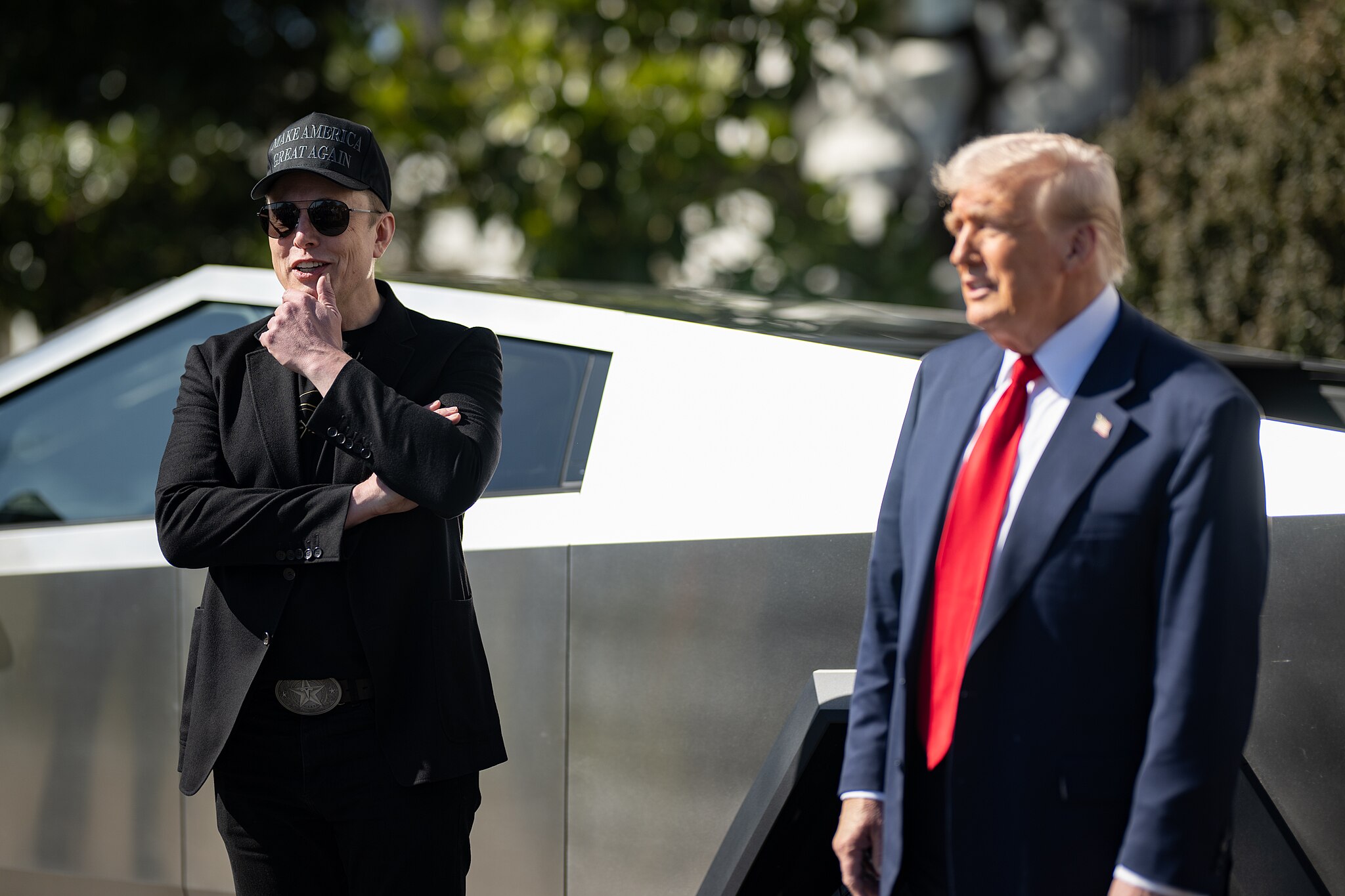
Tesla analysts are breaking down the current feud between CEO Elon Musk and U.S. President Donald Trump, as the two continue to disagree on the “Big Beautiful Bill” and its impact on the country’s national debt.
Musk, who headed the Department of Government Efficiency (DOGE) under the Trump Administration, left his post in May. Soon thereafter, he and President Trump entered a very public and verbal disagreement, where things turned sour. They reconciled to an extent, and things seemed to be in the past.
However, the second disagreement between the two started on Monday, as Musk continued to push back on the “Big Beautiful Bill” that the Trump administration is attempting to sign into law. It would, by Musk’s estimation, increase spending and reverse the work DOGE did to trim the deficit.
Every member of Congress who campaigned on reducing government spending and then immediately voted for the biggest debt increase in history should hang their head in shame!
And they will lose their primary next year if it is the last thing I do on this Earth.
— Elon Musk (@elonmusk) June 30, 2025
President Trump has hinted that DOGE could be “the monster” that “eats Elon,” threatening to end the subsidies that SpaceX and Tesla receive. Musk has not been opposed to ending government subsidies for companies, including his own, as long as they are all abolished.
How Tesla could benefit from the ‘Big Beautiful Bill’ that axes EV subsidies
Despite this contentious back-and-forth between the two, analysts are sharing their opinions now, and a few of the more bullish Tesla observers are convinced that this feud will pass, Trump and Musk will resolve their differences as they have before, and things will return to normal.
ARK Invest’s Cathie Wood said this morning that the feud between Musk and Trump is another example of “this too shall pass:”
BREAKING: CATHIE WOOD SAYS — ELON AND TRUMP FEUD “WILL PASS” 👀 $TSLA
She remains bullish ! pic.twitter.com/w5rW2gfCkx
— TheSonOfWalkley (@TheSonOfWalkley) July 1, 2025
Additionally, Wedbush’s Dan Ives, in a note to investors this morning, said that the situation “will settle:”
“We believe this situation will settle and at the end of the day Musk needs Trump and Trump needs Musk given the AI Arms Race going on between the US and China. The jabs between Musk and Trump will continue as the Budget rolls through Congress but Tesla investors want Musk to focus on driving Tesla and stop this political angle…which has turned into a life of its own in a roller coaster ride since the November elections.”
Tesla shares are down about 5 percent at 3:10 p.m. on the East Coast.
Elon Musk
Tesla scrambles after Musk sidekick exit, CEO takes over sales
Tesla CEO Elon Musk is reportedly overseeing sales in North America and Europe, Bloomberg reports.

Tesla scrambled its executives around following the exit of CEO Elon Musk’s sidekick last week, Omead Afshar. Afshar was relieved of his duties as Head of Sales for both North America and Europe.
Bloomberg is reporting that Musk is now overseeing both regions for sales, according to sources familiar with the matter. Afshar left the company last week, likely due to slow sales in both markets, ending a seven-year term with the electric automaker.
Tesla’s Omead Afshar, known as Elon Musk’s right-hand man, leaves company: reports
Afshar was promoted to the role late last year as Musk was becoming more involved in the road to the White House with President Donald Trump.
Afshar, whose LinkedIn account stated he was working within the “Office of the CEO,” was known as Musk’s right-hand man for years.
Additionally, Tom Zhu, currently the Senior Vice President of Automotive at Tesla, will oversee sales in Asia, according to the report.
It is a scramble by Tesla to get the company’s proven executives over the pain points the automaker has found halfway through the year. Sales are looking to be close to the 1.8 million vehicles the company delivered in both of the past two years.
Tesla is pivoting to pay more attention to the struggling automotive sales that it has felt over the past six months. Although it is still performing well and is the best-selling EV maker by a long way, it is struggling to find growth despite redesigning its vehicles and launching new tech and improvements within them.
The company is also looking to focus more on its deployment of autonomous tech, especially as it recently launched its Robotaxi platform in Austin just over a week ago.
However, while this is the long-term catalyst for Tesla, sales still need some work, and it appears the company’s strategy is to put its biggest guns on its biggest problems.
News
Tesla upgrades Model 3 and Model Y in China, hikes price for long-range sedan
Tesla’s long-range Model 3 now comes with a higher CLTC-rated range of 753 km (468 miles).
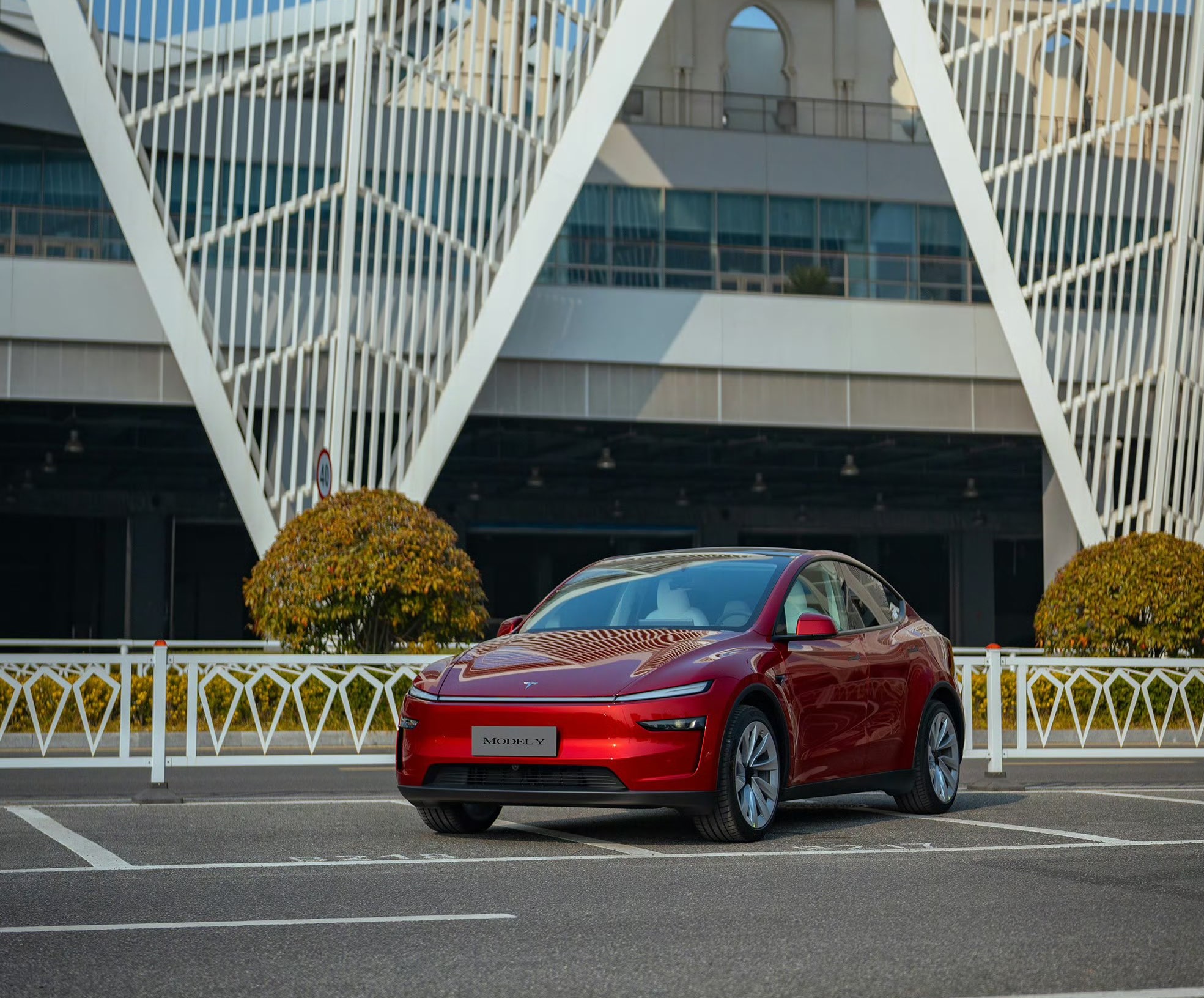
Tesla has rolled out a series of quiet upgrades to its Model 3 and Model Y in China, enhancing range and performance for long-range variants. The updates come with a price hike for the Model 3 Long Range All-Wheel Drive, which now costs RMB 285,500 (about $39,300), up RMB 10,000 ($1,400) from the previous price.
Model 3 gets acceleration boost, extended range
Tesla’s long-range Model 3 now comes with a higher CLTC-rated range of 753 km (468 miles), up from 713 km (443 miles), and a faster 0–100 km/h acceleration time of 3.8 seconds, down from 4.4 seconds. These changes suggest that Tesla has bundled the previously optional Acceleration Boost for the Model 3, once priced at RMB 14,100 ($1,968), as a standard feature.
Delivery wait times for the long-range Model 3 have also been shortened, from 3–5 weeks to just 1–3 weeks, as per CNEV Post. No changes were made to the entry-level RWD or Performance versions, which retain their RMB 235,500 and RMB 339,500 price points, respectively. Wait times for those trims also remain at 1–3 weeks and 8–10 weeks.
Model Y range increases, pricing holds steady
The Model Y Long Range has also seen its CLTC-rated range increase from 719 km (447 miles) to 750 km (466 miles), though its price remains unchanged at RMB 313,500 ($43,759). The model maintains a 0–100 km/h time of 4.3 seconds.
Tesla also updated delivery times for the Model Y lineup. The Long Range variant now shows a wait time of 1–3 weeks, an improvement from the previous 3–5 weeks. The entry-level RWD version maintained its starting price of RMB 263,500, though its delivery window is now shorter at 2–4 weeks.
Tesla continues to offer several purchase incentives in China, including an RMB 8,000 discount for select paint options, an RMB 8,000 insurance subsidy, and five years of interest-free financing for eligible variants.
-

 Elon Musk1 day ago
Elon Musk1 day agoTesla investors will be shocked by Jim Cramer’s latest assessment
-

 News6 days ago
News6 days agoTesla Robotaxi’s biggest challenge seems to be this one thing
-

 News2 weeks ago
News2 weeks agoTesla’s Grok integration will be more realistic with this cool feature
-

 Elon Musk2 weeks ago
Elon Musk2 weeks agoElon Musk slams Bloomberg’s shocking xAI cash burn claims
-

 News2 weeks ago
News2 weeks agoTesla China roars back with highest vehicle registrations this Q2 so far
-

 News2 weeks ago
News2 weeks agoTexas lawmakers urge Tesla to delay Austin robotaxi launch to September
-

 News2 weeks ago
News2 weeks agoTesla dominates Cars.com’s Made in America Index with clean sweep
-

 Elon Musk1 week ago
Elon Musk1 week agoFirst Look at Tesla’s Robotaxi App: features, design, and more




















